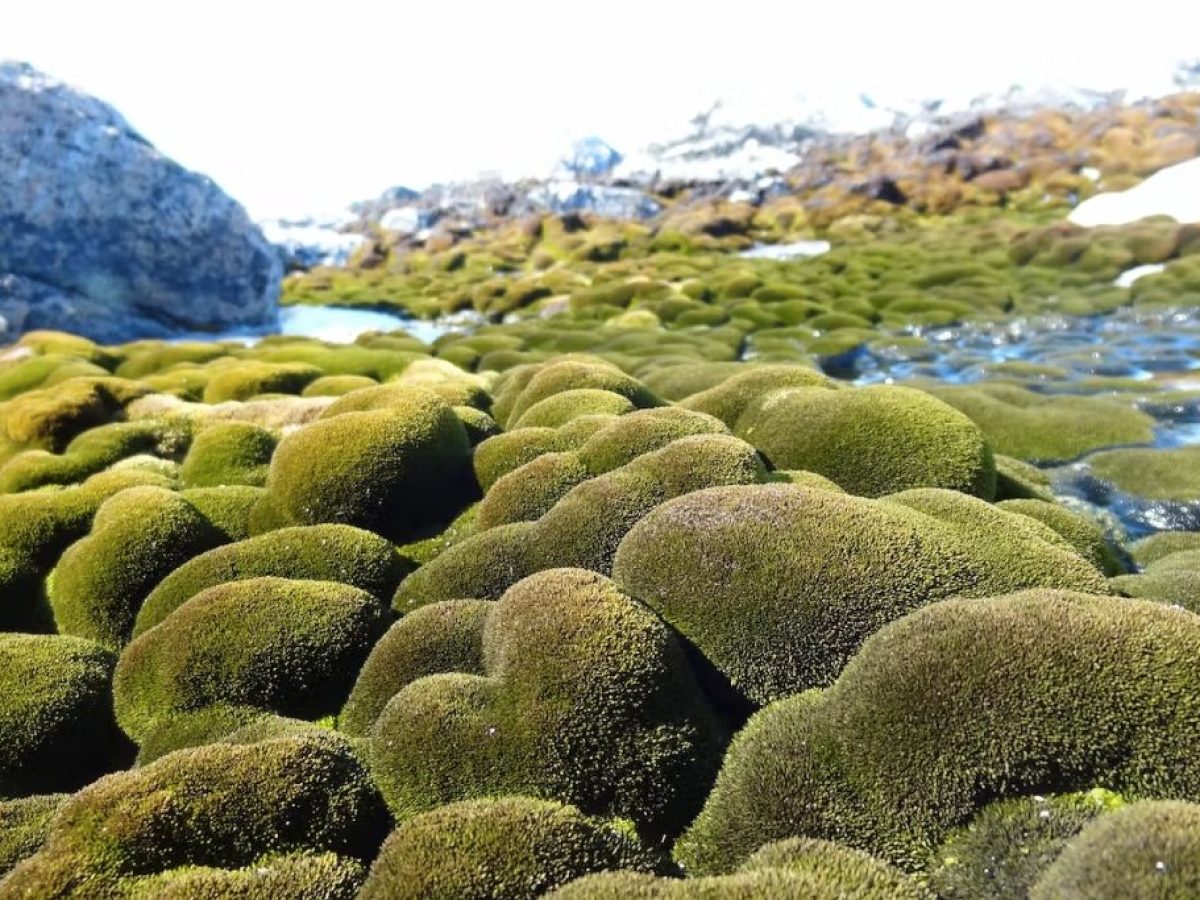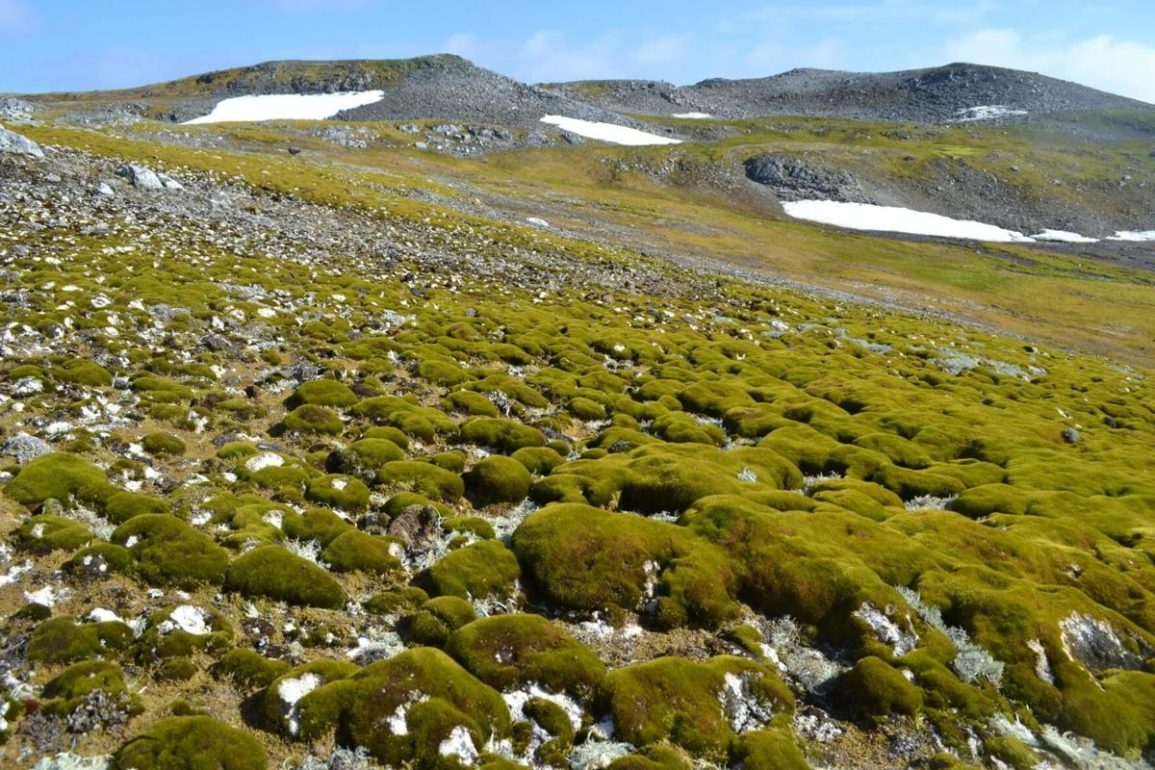In recent decades, plant cover on the Antarctic Peninsula has expanded more than tenfold, driven by the ongoing climate crisis. Satellite data shows that green cover, primarily mosses, increased from less than one square kilometer in 1986 to almost 12 square kilometers by 2021. This rapid expansion has been especially pronounced since 2016, providing a clear indication of the impact of global warming on the continent.
The spread of vegetation in Antarctica, a region traditionally dominated by ice and bare rock, demonstrates the far-reaching effects of rising global temperatures. Scientists are concerned that this growth could enable invasive species to enter and disrupt the pristine Antarctic ecosystem.
Similar patterns of greening have been observed in the Arctic, with Greenland experiencing rain on its ice cap for the first time in recorded history in 2021. The Antarctic Peninsula, covering around 500,000 square kilometers, is particularly vulnerable to these changes.

Dr. Thomas Roland from the University of Exeter noted that while Antarctica remains mostly covered in snow, ice, and rock, the increase in plant life shows the clear influence of human-caused climate change. He warned that ongoing warming could fundamentally alter the region’s biological systems unless carbon emissions are halted. The study, published in *Nature Geoscience*, utilized satellite imagery to track these environmental shifts over time.
Professor Andrew Shepherd from Northumbria University described witnessing firsthand how previously ice-covered areas are now being colonized by plants. During a visit to Larsen Inlet, where the ice shelf collapsed in the 1980s, he observed algae growing in places that had been frozen for thousands of years. This plant colonization highlights a tipping point, as life is now taking hold in newly exposed areas, signaling significant environmental change.
Since 2016, the accelerated spread of mosses coincides with a decline in sea ice around Antarctica, which may have created wetter conditions conducive to plant growth. Mosses can establish themselves on bare rock and contribute to soil formation, which could, in turn, support the growth of other plant species. However, this increase in vegetation also raises the risk of invasive species being introduced through human activity, such as tourism or scientific research, posing a threat to the fragile Antarctic ecosystem.

